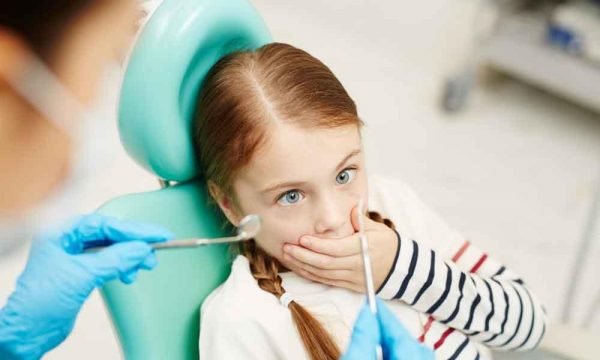In today’s ever changing healthcare environment, remote patient monitoring (RPM) services have emerged as a critical instrument for improving patient care and health outcomes. By using technology, these services gather and send patient data to healthcare doctors remotely, allowing for preemptive action and real-time monitoring. The following five themes emphasize how RPM services affect health outcomes:
Table of Contents
1. Early Detection and Intervention:
RPM makes it possible for medical professionals to remotely keep an eye on their patient’s vital signs, symptoms, and adherence to their prescriptions. Through early identification of possible health problems, prompt action is made possible, hence averting difficulties. Additionally, the ability to continuously monitor patients’ health parameters through remote patient monitoring offers insightful information about their overall health. Healthcare practitioners can take timely action to minimize risks and improve treatment plans by assessing trends in the data they have collected. These patterns may indicate worsening health or newly developing conditions. Improved patient outcomes and lower healthcare expenses from avoidable hospital stays and ER visits are two benefits of this proactive monitoring and intervention approach.
2. Improved Chronic Disease Management:
RPM provides ongoing monitoring and care for patients with chronic illnesses, including diabetes, hypertension, or heart disease, outside of conventional hospital settings. Through vigilant observation of critical health metrics, medical professionals may modify treatment regimens as necessary, resulting in enhanced disease control and decreased hospital stays. Furthermore, by giving patients real-time feedback on their health, remote patient monitoring enables patients to take an active role in controlling their chronic diseases. Patients are better able to follow their treatment plans and make educated lifestyle decisions as a result of their greater involvement and awareness. Therefore, by encouraging self-management and autonomy, RPM not only improves health outcomes for people with chronic conditions but also improves their overall quality of life.
3. Enhanced Empowerment and Engagement of Patients:
Remote patient monitoring services increase patient involvement by allowing patients to take an active role in their care. Patients get the ability to make better-educated decisions about their health through regular engagement with healthcare professionals and access to their health data. In addition, the use of remote patient monitoring fosters a cooperative rapport between patients and healthcare professionals, hence increasing patients’ sense of involvement and support throughout their healthcare process. Actively involved patients are more motivated to achieve their wellness goals because they feel a greater command of their health outcomes. Better health outcomes and more satisfaction with care are the eventual results of this increased patient participation, which also enhances the patient-provider connection and increases treatment adherence.
4. Reduced Healthcare Costs and Resource Utilization:
RPM services provide cost-effective healthcare by optimizing resource usage, minimizing complications, and lowering hospital readmissions. Patients gain from shorter hospital stays and related costs, and healthcare systems may more effectively use their resources. Furthermore, by lowering the need for expensive emergency procedures and extended hospital stays, remote patient monitoring lessens the financial burden on patients and healthcare systems. Through proactive management of chronic illnesses and the avoidance of exacerbations, RPM services enhance healthcare sustainability and result in long-term cost savings. In addition to helping individual patients, this economical method of providing healthcare also encourages increased efficacy and efficiency throughout the whole healthcare system.
5. Support for Aging Population and Remote Communities:
Elderly patients and those who reside in rural or underdeveloped regions might benefit most from RPM services. These groups frequently have difficulty getting access to healthcare services. Still, RPM makes it possible to get ongoing assistance and monitoring wherever they are, which enhances their quality of life and health outcomes. Furthermore, by offering individualized treatment and early intervention for age-related illnesses, remote patient monitoring contributes to meeting the specific healthcare demands of aging populations. RPM fills the gap in healthcare access for people living in rural or underserved areas by providing remote monitoring capabilities, guaranteeing they get prompt assistance and care. This proactive approach to healthcare delivery fosters inclusion and health equality within healthcare systems in addition to improving the well-being of distant communities and elderly populations.
Conclusion:
In conclusion, remote patient monitoring is essential to the revolution in healthcare delivery because it improves early diagnosis, chronic illness management, patient participation, and resource utilization. As technology advances, it is anticipated that RPM will be widely used in traditional care procedures, improving patient outcomes everywhere. Remote patient monitoring has the potential to completely transform healthcare delivery by becoming more effective, accessible, and patient-centered than ever before as it develops and combines with new technology.





